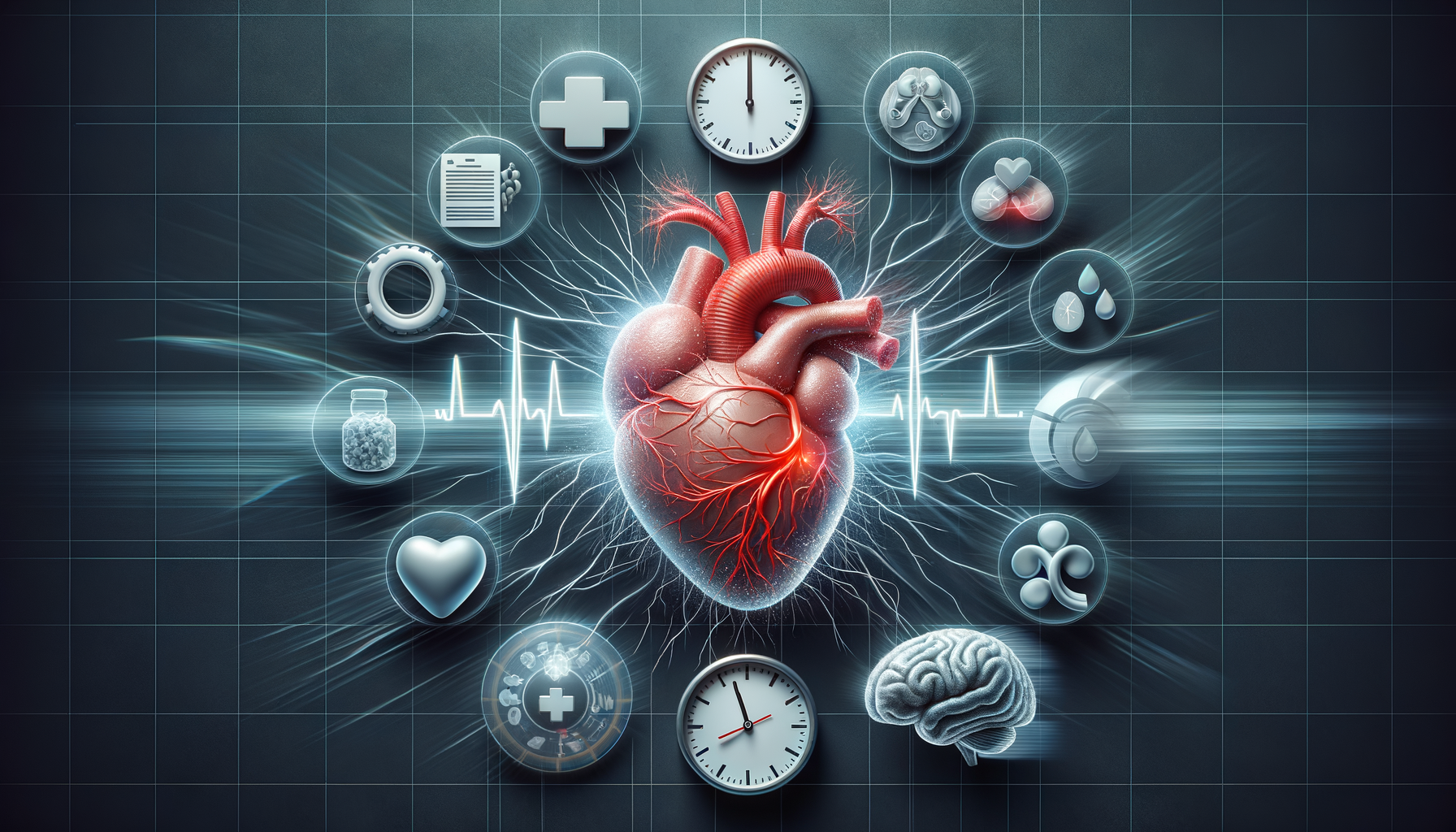Introduction to Stroke: A Silent Threat
Stroke is often referred to as a silent threat due to its sudden onset and potentially devastating effects. It is a medical emergency that occurs when blood flow to a part of the brain is interrupted, leading to brain cells’ death. Recognizing the symptoms early can significantly reduce the risk of long-term disability and improve recovery outcomes. In this article, we will explore the warning signs, causes, and preventive measures associated with strokes.
Recognizing the Symptoms of a Stroke
Understanding the symptoms of a stroke is vital in seeking immediate medical attention. The acronym FAST is commonly used to remember the key signs:
- Face drooping: One side of the face may droop or feel numb.
- Arm weakness: One arm may become weak or numb.
- Speech difficulty: Speech may be slurred or hard to understand.
- Time to call emergency services: If any of these signs are present, it’s crucial to act quickly.
In addition to FAST, other symptoms may include sudden confusion, trouble seeing in one or both eyes, difficulty walking, dizziness, and severe headache with no known cause. Recognizing these signs and acting swiftly can save lives and reduce the risk of severe complications.
Understanding the Causes of Stroke
Strokes can be classified into two main types: ischemic and hemorrhagic. Ischemic strokes, which account for approximately 87% of all strokes, occur when a blood clot blocks a blood vessel in the brain. Hemorrhagic strokes happen when a blood vessel in the brain bursts, leading to bleeding in the surrounding tissue. Common risk factors include high blood pressure, smoking, diabetes, high cholesterol, and a sedentary lifestyle. Addressing these risk factors through lifestyle changes and medical management is essential in reducing the likelihood of a stroke.
Preventive Measures and Healthy Lifestyle Choices
Prevention is a crucial aspect of managing stroke risk. Adopting a healthy lifestyle can significantly decrease the chances of experiencing a stroke. Key preventive measures include:
- Maintaining a balanced diet rich in fruits, vegetables, and whole grains.
- Engaging in regular physical activity to keep the heart and blood vessels healthy.
- Monitoring and managing blood pressure and cholesterol levels.
- Avoiding smoking and excessive alcohol consumption.
- Managing stress effectively through relaxation techniques and mindfulness.
By incorporating these habits into daily life, individuals can reduce their risk factors and promote overall cardiovascular health.
Conclusion: The Importance of Awareness and Action
Strokes can have life-altering consequences, but with increased awareness and prompt action, the impact can be minimized. Recognizing the symptoms and understanding the causes are the first steps in combating this silent threat. By focusing on prevention and maintaining a healthy lifestyle, individuals can protect themselves and their loved ones from the devastating effects of a stroke. Remember, when it comes to strokes, time is of the essence, and acting quickly can save lives.




Leave a Reply